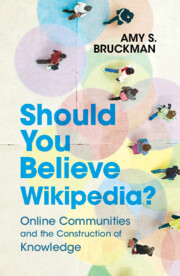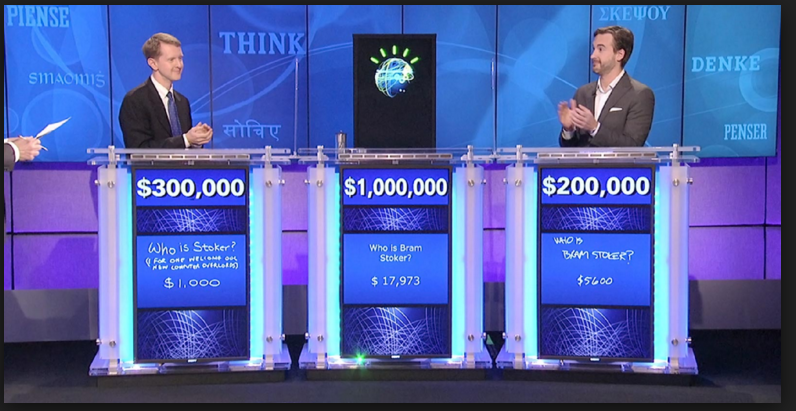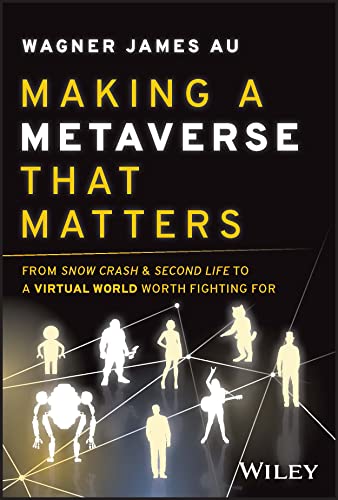Police are increasingly attempting to prevent crime by using social media targeting tools to shape public behavior, says a new report from the Scottish Institute for Policing Research (PDF) written by a team of academic researchers led by Ben Collier at the University of Edinburgh. There is no formal regulation of these efforts, and the report found many examples of what is genteelly calls “unethical practice”.
On the one hand, “behavioral change marketing” seems an undeniably clever use of new technological tools. If bad actors can use targeted ads to scam, foment division, and incite violence, why shouldn’t police use them to encourage the opposite? The tools don’t care whether you’re a Russian hacker targeting 70-plus white pensioners with anti-immigrant rhetoric or a charity trying to reach vulnerable people to offer help. Using them is a logical extension of the drive toward preventing, rather than solving, crime. Governments have long used PR techniques to influence the public, from benign health PSAs on broadcast media to Theresa May’s notorious , widely cricised, and unsuccessful 2013 campaign of van ads telling illegal immigrants to go home.
On the other hand, it sounds creepy as hell. Combining police power with poorly-evidenced assumptions about crime and behavior and risk and the manipulation and data gathering of surveillance capitalism…yikes.
The idea of influence policing derives at least in part from Cass R. Sunstein‘s and Richard H. Thaler‘s 2008 book Nudge. The “nudge theory” it promoted argued that the use of careful design (“choice architecture”) could push people into making more desirable decisions.
The basic contention seems unarguable; using design to push people toward decisions they might not make by themselves is the basis of many large platforms’ design decisions. Dark patterns are all about that.
Sunstein and Thaler published their theory at the post-financial crisis moment when governments were looking to reduce costs. As early as 2010, the UK’s Cabinet Office set up the Behavioural Insights Team to improve public compliance with government policies. The “Nudge Unit” has been copied widely across the world.
By 2013, it was being criticized for forcing job seekers to fill out a scientifically invalid psychometric test. In 2021, Observer columnist Sonia Sodha called its record “mixed”, deploring the expansion of nudge theory into complex, intractable social problems. In 2022, new research cast doubt on the whole idea that nudges have little effect on personal behavior.
The SIRP report cites the Government Communications Service, the outgrowth of decades of government work to gain public compliance with policy. The GCS itself notes its incorporation of marketing science and other approaches common in the commercial sector. Its 7,000 staff work in departments across government.
This has all grown up alongside the increasing adoption of digital marketing practices across the UK’s public sector, including the tax authorities (HMRC), the Department of Work and Pensions, and especially, the Home Office – and alongside the rise of sophisticated targeting tools for online advertising.
The report notes: “Police are able to develop ‘patchwork profiles’ built up of multiple categories provided by ad platforms and detailed location-based categories using the platform targeting categories to reach extremely specific groups.”
The report’s authors used the Meta Ad Library to study the ads, the audiences and profiles police targeted, and the cost. London’s Metropolitan Police, which a recent scathing report found endemically racist and misogynist, was an early adopter and is the heaviest studied user of digitally targeted ads on Meta.
Many of the cample campaigns these organizations run sound mostly harmless. Campaigns intended to curb domestic violence, for example, may aim at encouraging bystanders to come forward with concerns. Others focus on counter-radicalisation and security themes or, increasingly, preventing online harms and violence against women and girls.
As a particular example of the potential for abuse, the report calls out the Home Office Migrants on the Move campaign, a collaboration with a “migration behavior change” agency called Seefar. This targeted people in France seeking asylum in the UK and attempted to frighten them out of trying to cross the Channel in small boats. The targeting was highly specific, with many ads aimed at as few as 100 to 1,000 people, chosen for their language and recent travel in or through Brussels and Calais.
The report’s authors raise concerns: the harm implicit in frightening already-extremely vulnerable people, the potential for damaging their trust in authorities to help them, and the privacy implications of targeting such specific groups. In the report’s example, Arabic speakers in Brussels might see the Home Office ads but their French neighbors would not – and those Arabic speakers would be unlikely to be seeking asylum. The Home Office’s digital equivalent of May’s van ads, therefore, would be seen only by a selection of microtargeted individuals.
The report concludes: “We argue that this campaign is a central example of the potential for abuse of these methods, and the need for regulation.”
The report makes a number of recommendations including improved transparency, formalized regulation and oversight, better monitoring, and public engagement in designing campaigns. One key issue is coming up with better ways of evaluating the results. Surprise, surprise: counting clicks, which is what digital advertising largely sells as a metric, is not a useful way to measure social change.
All of these arguments make sense. Improving transparency in particular seems crucial, as does working with the relevant communities. Deterring crime doesn’t require tricks and secrecy; it requires collaboration and openness.
Illustrations: Theresa May’s notorious van ad telling illegal immigrants to go home.
Wendy M. Grossman is the 2013 winner of the Enigma Award. Her Web site has an extensive archive of her books, articles, and music, and an archive of earlier columns in this series. She is a contributing editor for the Plutopia News Network podcast. Follow on Mastodon





